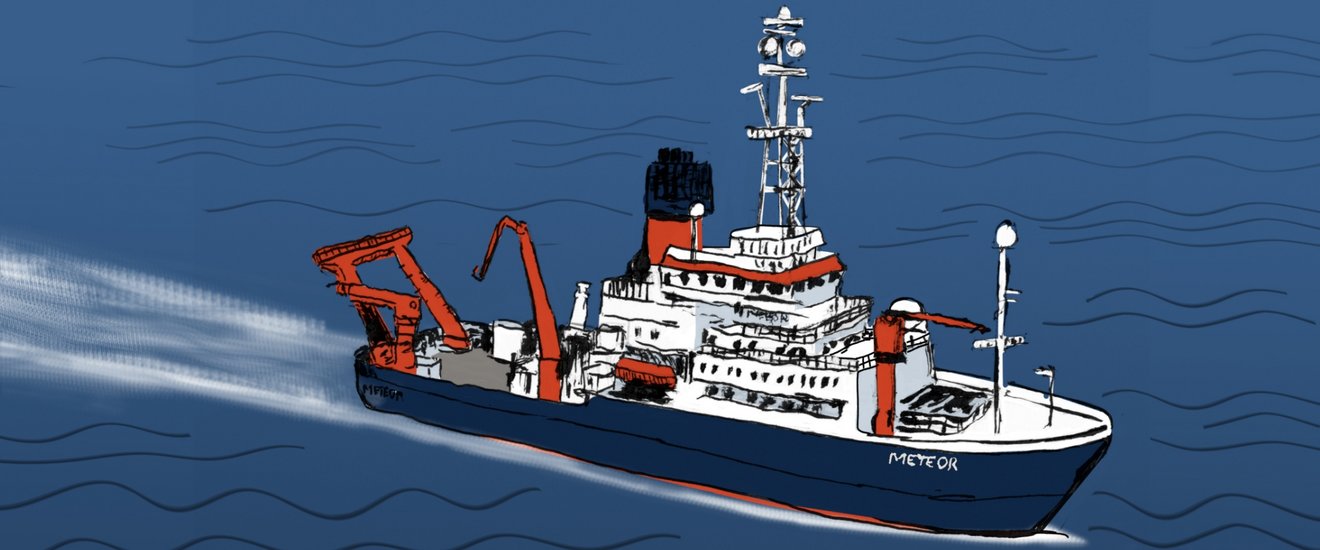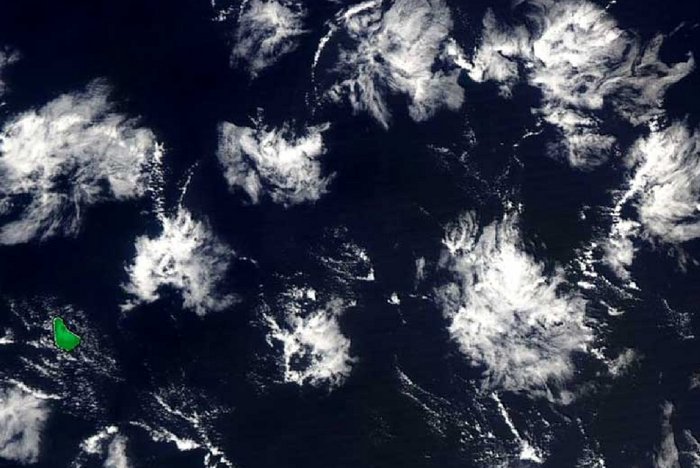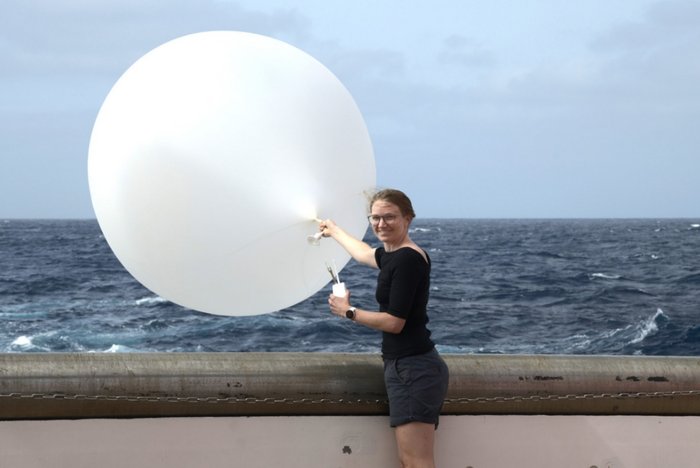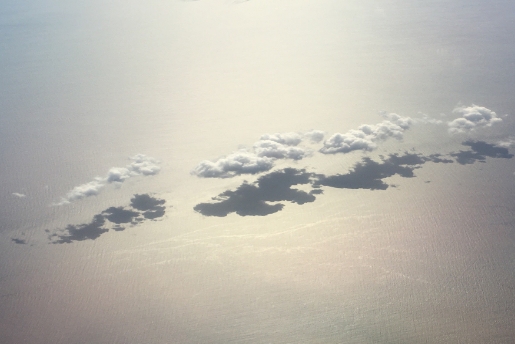
Research Vessels
Around 70 % of the Earth are covered by oceans. The significance of the interaction between ocean and atmosphere cannot be overestimated. Yet, the vast majority of measuring stations are located on land. Satellite observations can compensate to some extent for the lack of measurements over the oceans. However, it is often difficult to obtain high-resolution data close to the surface which is precisely the region where exchange between ocean and atmosphere takes place and which is therefore particularly relevant. In addition, much of our research focuses on clouds and their interaction with the environment. From space it is often not possible to see through these clouds. For this reason, in addition to the Barbados Cloud Observatory and flight campaigns, our institute participates in measurements aboard German research vessels.
There are seven German research vessels, each specialized in specific large-scale areas of work. The institute mainly uses the POLARSTERN, METEOR, SONNE and MARIA S. MERIAN. Observation campaigns by our institute using the German research vessel infrastructure include EUREC4A and BOW-TIE. The ships are between 95 and 118 m long and can accommodate 22 to 50 scientists, depending on their size. For more information on the respective ships, please visit the German Research Vessels Portal. While our institute focuses mainly on atmospheric and oceanographic measurements, the vessels are also used for biological, geological, geophysical, glaciological and geochemical research. This provides invaluable opportunities for interdisciplinary exchange and collaboration. For an up-to-date insight into the ongoing research on the METEOR, SONNE and MARIA S. MERIAN, please refer to the weekly reports of the German Research Fleet Coordination Centre. Measurement times on board can be requested via the German Research Vessels Portal by submitting a cruise proposal which is reviewed by an international panel of experts.



